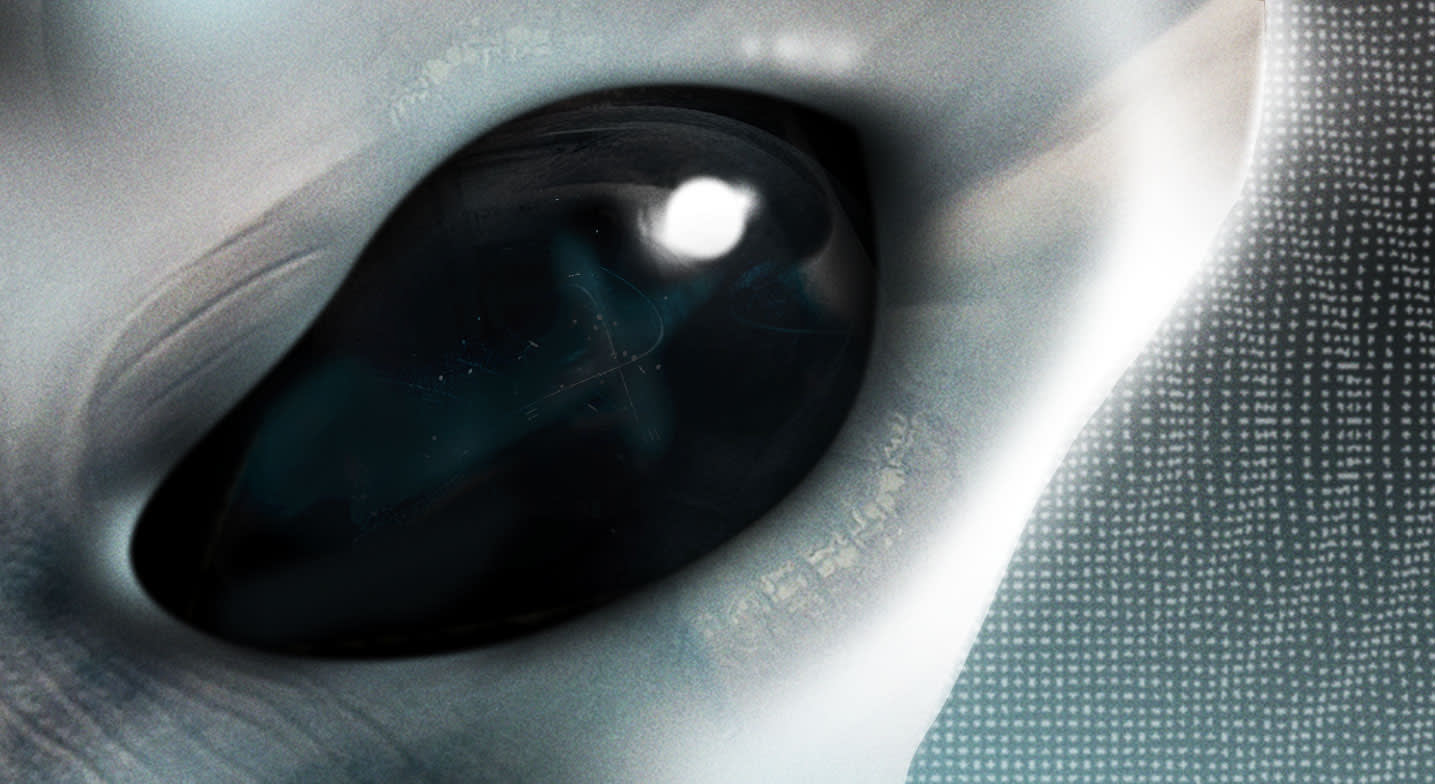Something is chasing FBI agent Dana Scully. It’s not clear what it is, but its wordless screams inspire horror. Gillian Anderson pants, and her voice grows strained, her footsteps becoming faster and louder. She runs down a hallway that echoes as if it’s a mile long. She stops to round a corner, and you expect to see the monster, or whatever it is that’s chasing her. But there’s no monster to see. There’s nothing to see. Rather, you hear how grotesque the thing is, because this isn’t a televised episode of The X-Files — it’s an episode of a new audio drama, The X-Files: Cold Cases, based on Joe Harris’ graphic novels of the same name.
Yes, audio drama. Not a podcast, not simply an audio series, and certainly not an audiobook. A fully formed, sound-tracked piece of entertainment created by professional sound designers and voice actors.
Audio drama in 2017 is at once both innovative and nostalgic. The genre hearkens back to the the era when radio was still king. That’s when voice actor William B. Davis, the show’s Cigarette Smoking Man, got his start. “I did a lot of radio drama in the ’50s, when it was actually live,” he says, explaining that nothing was recorded or even re-aired. These live plays were broadcast across the globe.
The programming was vast, with artier offerings like The Mercury Theatre on the Air (famous for its 1939 War of the Worlds episode) running alongside so-called trashy soap operas, such as The Archers, which began on the BBC in 1950 and is still running today. These stories were created by actors and musicians who hoped to replicate the drama that could only be found on the stage or in cinemas. And then of course, television entered the living room, and slowly but surely peoples’ eyes went along with their ears to the magical world of in-home motion picture.
The genre is poised to be more relevant now than it has been in decades.
As the appeal of television grew along with its program offerings, narrative radio suffered. The BBC never stopped believing in the medium, but the United States eventually abandoned much of its radio drama production — but that doesn’t mean that audio drama is lost to time. In fact, the genre is poised to be more relevant now than it has been in decades, thanks in part to the technical advances that have altered sound design in the decades since its heyday. Sure, as Davis recalls, he was producing audio drama in the ’70s that “was a lot like film, where we’d do the acting independently and then they’d add in sound and music.” But, then, they didn’t have the voice manipulation or sound alteration tools they have today. They also didn’t have the starpower of The X-Files.
With the return of Anderson and David Duchovny, as well as Davis and other key players, Cold Cases is one of the highest-profile audio dramas to be released in a long, long time. But it’s certainly not the first and only. There’s a Jane Austen adaptation, Northanger Abbey, just released from Audible’s UK studios, and 2016’s frighteningly real Alien: Out of the Shadows won awards for its sound design. Remarkable, too, was the Haley Joel Osment and Tatiana Maslany-starring Locke & Key, which featured not only elaborate, long-form storytelling, but also innovative sound design, which found actors sometimes recording lines on location — such as in an old house or an open field — rather than in a studio.

Excerpt from The X-Files: Cold Cases
Featuring Gillian Anderson
As explained by Fred Greenhalgh, the assistant producer and director of Cold Cases who also worked on Locke & Key, every aspect of an audio drama’s sound is taken into consideration. “The footsteps are carefully choreographed with the actor’s performance, so the pace [and] weight of the footfalls, choice of footwear, surface that they are landing on, reverb of the acoustic of the environment in which the footsteps are falling in, etcetera, all are taken into account.” In X-Files, those choices create terrifying chase scenes and an atmosphere of horror.
In Northanger Abbey, terror wasn’t quite the outcome. Rebecca Fenton, a senior commissioning editor at Audible Originals, worked closely on the Austen adaptation, and points to a similar set of sounds utilized to create an opposite mood: one of urbane socializing and leisure. That transportation is key to the success of a literary audio adaptation. “There’s something about horses on cobblestone, the chatter of townspeople talking,” Fenton says. “These sounds transport you to this Regency period. Listening to the series, it really feels like you’re back in the time and place of Jane Austen.”
“That’s the fun of audio-only. You’re leaving a portion of it to the imagination, what they visualize in their head.”
These series are immersive to such an extent that it would be understandable if they were mistaken for the isolated audio from some prestige TV program. But that’s underselling it. It’s not that the atmosphere is so lush and precise that it seems wrong that there’s no image that goes with it, but that it’s so exceptional that it transcends the need for pictures altogether.
That statement may read as hyperbole, but it’s not. That doesn’t mean it’s easy to accomplish. Jamie Mahaffey, the principal sound designer on Cold Cases, describes his job as “making the image jump out of the speakers” and says that, even with visual images, “the sound of it all gives tone and emotion and tells you how to feel.” He goes on to explain that, unlike when working in film, sound designers on audio dramas have to utilize stereo depth and dimension to create a feeling, whether or not that’s one of movement, open space, or a kaleidoscopic acid trip. It makes sense, then, that the intensity of a well-produced audio drama such as Cold Cases is sometimes able to surpass that of a motion picture: In this case, audio is not just a tool used to enhance the emotion — it’s the entire workbench from which a world is created.
Which is why, when Cold Cases series director William Dufris jokingly refers to his duties (and those of director/writer Dirk Maggs) as “god-like in nature,” it’s not entirely untrue. As he tells it, their roles did require a semblance of omnipresence, having recorded, remotely or on location, actors in Florida, Dubai, Vancouver, New England, and Los Angeles. They, along with Mahaffey and Greenhalgh, took those numerous recording sessions and blended them seamlessly with hours of original music and sound effects to create an experience worthy of the inimitable X-Filesfranchise.
And “experience” would be one of the more apt ways of describing what it’s like to listen to the series. As Mahaffey puts it, “The exciting part is having a movie play out in your mind, that the sound gives you an impression of the visual. That’s the fun of audio-only. You’re leaving a portion of it to the imagination, what they visualize in their head.” With the voices of Davis, Anderson, Duchovny, and their castmates, along with the terrifying noises of whatever monster it is they’re fighting, the imagination doesn’t have to do much.







